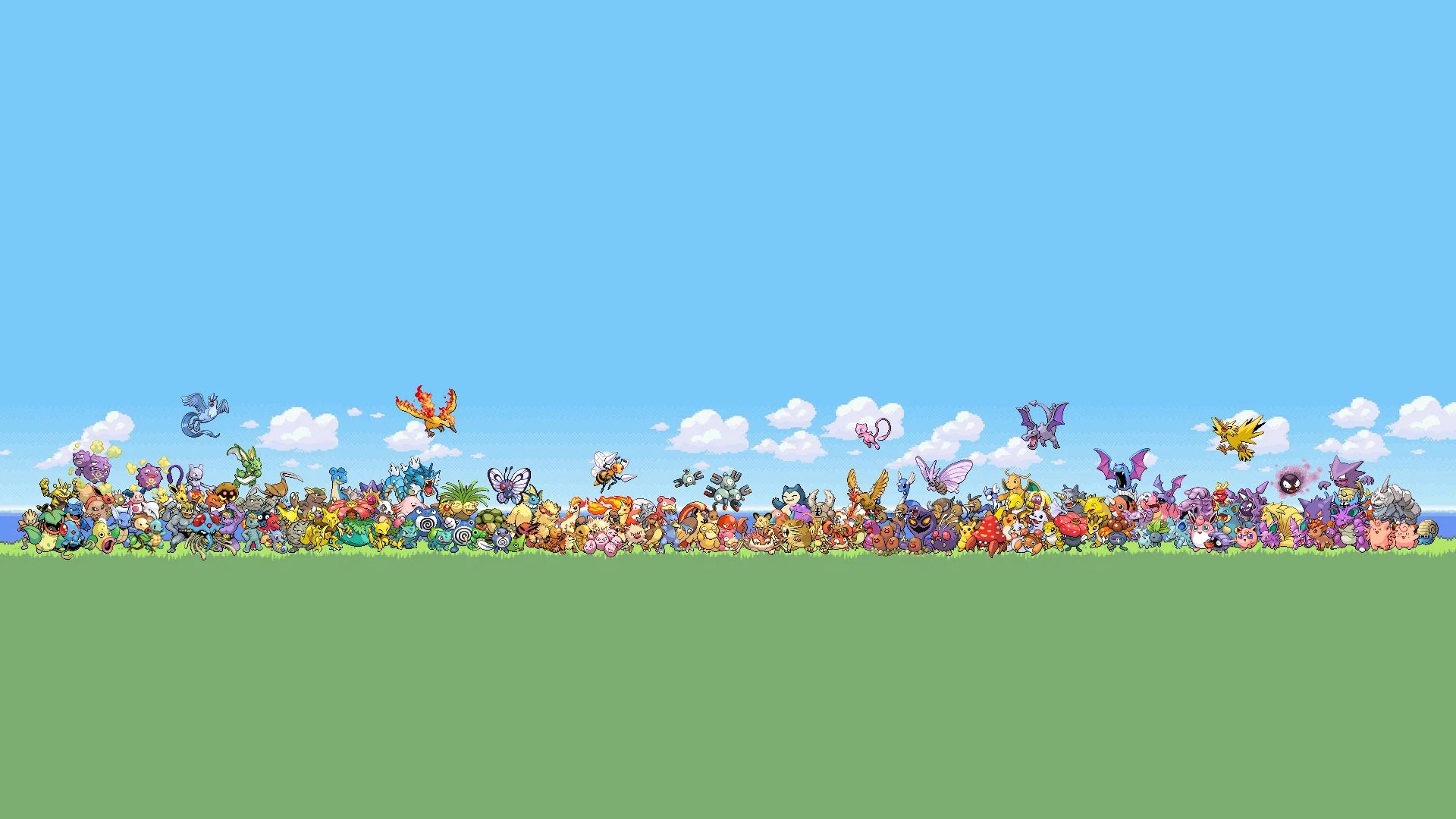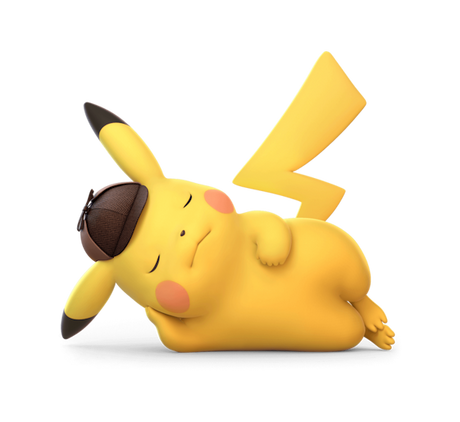Collecting Pokémon cards is great, but unfortunately more and more counterfeits are being made. Especially rare cards like Charizard and Pikachu are popular with scammers. As a collector, you don't want a fake card in your collection. Fortunately, there are clear characteristics that you can recognize a counterfeit card by.
Over the years I have handled hundreds of cards, and trust me, once you know what to look for, you can spot a fake card easily. Here are all the steps you need to follow to make sure your Pokémon card is real.
1. Check the quality of the map
Real Pokémon cards feel solid. A counterfeit is often just a little too thin or too stiff. Here are a few things you can test right away:
- Texture: Modern Pokémon cards have a slight relief texture. Fake cards often feel too smooth or grainy.
- Thickness: A real card has a three-layer core, which makes it feel sturdy. If the card is too flexible or too soft, something is wrong.
- Bend test: A real card can be gently bent without wrinkling. Fake cards are more likely to tear or break.
Counterfeiters are always trying to improve. However, they are often still far from the real quality.
2. Pay attention to the colors and prints
Color differences are one of the easiest ways to spot a fake. An official Pokémon card has vibrant colors and a sharp print. With a fake card you often see:
- Deviating shades: The colours are too dark or too pale. This is especially noticeable on the blue back.
- Font Errors: Pokémon cards use a specific font. Fake cards sometimes have letters that are too thin or too thick.
- Print lines or blurry edges: The artwork and text should be crystal clear. Do you see spots, streaks or a blurry effect? Then there is a good chance that you have a counterfeit.
However, some counterfeit cards are almost perfectly reproduced. That is why it is always wise to check multiple characteristics.

Left is real - Right is fake
3. Look carefully at the back
The back of a Pokémon card often reveals whether it is real or fake. Official cards have a deep blue color with a subtle gradient. Pay particular attention to:
- Color Intensity: A back that is too light or too dark is a red flag.
- Centering: The margins should be the same width everywhere. Fake cards often have crooked or uneven margins.
Many beginners miss this step, but trust me: if you study the back carefully, you will recognize a fake card much faster.

Left is real - Right is fake
4. Do the light test
This is a classic among collectors. Hold your card up to a bright light and see how much light comes through.
- Real cards have a black core, so hardly any light shines through.
- Fake cards are often thinner and let through much more light.
This is a quick and reliable test that you can do anytime, without any additional equipment.
5. Check the holographic layer
With Holo and Reverse Holo cards you can often see right away if something is wrong. A real Holo card has a deep shine , while counterfeits can have a cheap, mirror-like shine. Please note:
- Holo Effect: Real cards have a smooth holographic transition. Fake cards have the Holo effect as if pasted on.
- Reflection: Look at how the light falls on the card. In a counterfeit, the light often reflects in an unnatural way.
- Peeling film: Does the glossy layer feel like a sticker? Then you know enough.
This is especially important for valuable cards like Charizard, Lugia or Mewtwo. These are the ones that are most often forged.
6. Compare the map with an official database
Still in doubt? Then compare your card with images from a reliable database such as:
- Pokémon TCG Online
- Pokémon Card Database
- TCGPlayer or verified eBay sellers
Here you can see exactly how the map should look. Check the illustration, text and statistics to make sure everything is correct.
7. Pay attention to the price – Too good to be true?
As you know, some Pokémon cards have a high market value. A first edition Charizard can be worth thousands of euros. If you see one for €20, you can be almost certain that it is a fake.
Always check the current prices on platforms such as Cardmarket, eBay or TCGPlayer before buying an expensive card.
8. Trust your instincts!
Do you still have a strange feeling about the card? Then that is often a sign that something is not right.
As an experienced collector, I've learned that your gut feeling is often right. Does a card feel a little too light, too smooth, or too "different"? Don't hesitate and check everything thoroughly. Share photos in Pokémon Facebook groups or ask an expert. There are plenty of collectors who are happy to help you.
Also: always buy from reliable sellers like RareCards.nl ;), to make sure you have real cards in your hands. Cheap is often expensive when it comes to Pokémon cards.
With these steps you can spot 99% of fake cards. Take the time to check your cards well and build a collection that you can be proud of!



